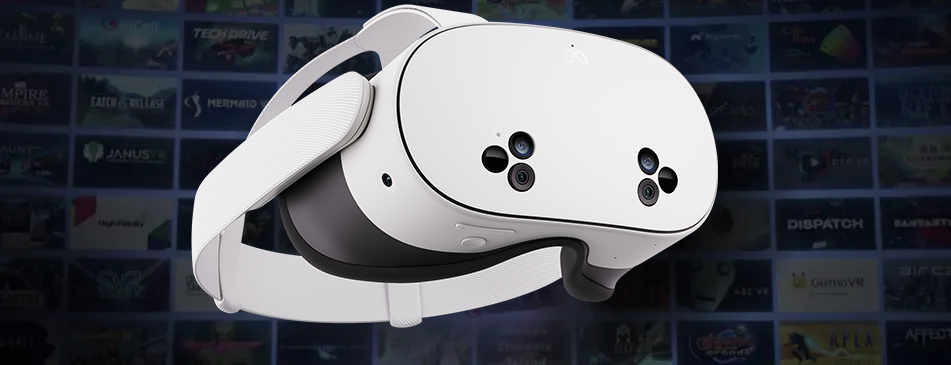Apple is reportedly developing a "next generation" battery.
Korean news websiteETNews reportsAccording to reports, Apple has been developing this battery since 2018 and plans to integrate it into products after 2025. Apple spends almost $30 billion on research and development every year.Meta.
The battery reportedly uses a new anode composition that is "completely different" from existing batteries and is designed to increase energy density and charge rates.
Apple is also said to be exploring using silicon in the anode instead of graphite, which could also increase energy density. In theory, silicon has up to ten times higher energy density than graphite, but there are currently unresolved lifetime issues because it can expand over time. ETNews suggests that Apple may have found a way to overcome this problem, and Apple is even exploring the use of carbon nanotubes as conductive materials to further increase charging rates.
It's unclear which, if any, of these potential innovations will actually go into production anytime soon. Apple could delay or cancel its battery project at any time.
目前独立XR头盔的关键限制因素之一就是电池寿命。与其他移动设备(如手机和平板电脑)不同,头盔需要不断对多个传感器输入进行采样和处理,同时以高分辨率和帧率渲染3D对象(或整个环境),这需要在延长时间内使CPU和GPU运行在接近峰值性能。第一代苹果VisionPro头盔,将于“明年初”推出,使用相对较大的外部连接电池,刚好可以放入口袋中。尽管如此,由于使用了笔记本级别的M2芯片,苹果仅承诺约2小时的电池续航时间,这也大约是Meta的Quest头盔和字节跳动的PICO头盔的续航时间。
While it's possible to continuously use the Vision Pro by plugging the battery into a USB-C power source, this greatly limits the device's portability.
Apple reportedly plans to launch a smaller and lighter Vision Pro successor in the next few years, as well as a non-Pro Vision helmet after 2025. If it can eventually integrate its next-generation batteries into future helmets, could Apple leapfrog its competitors and achieve laptop- and tablet-like battery life?





